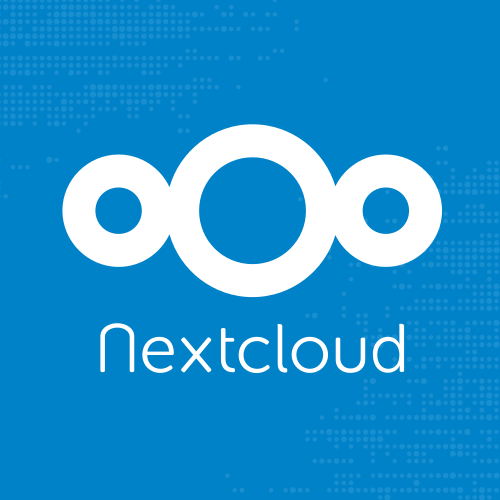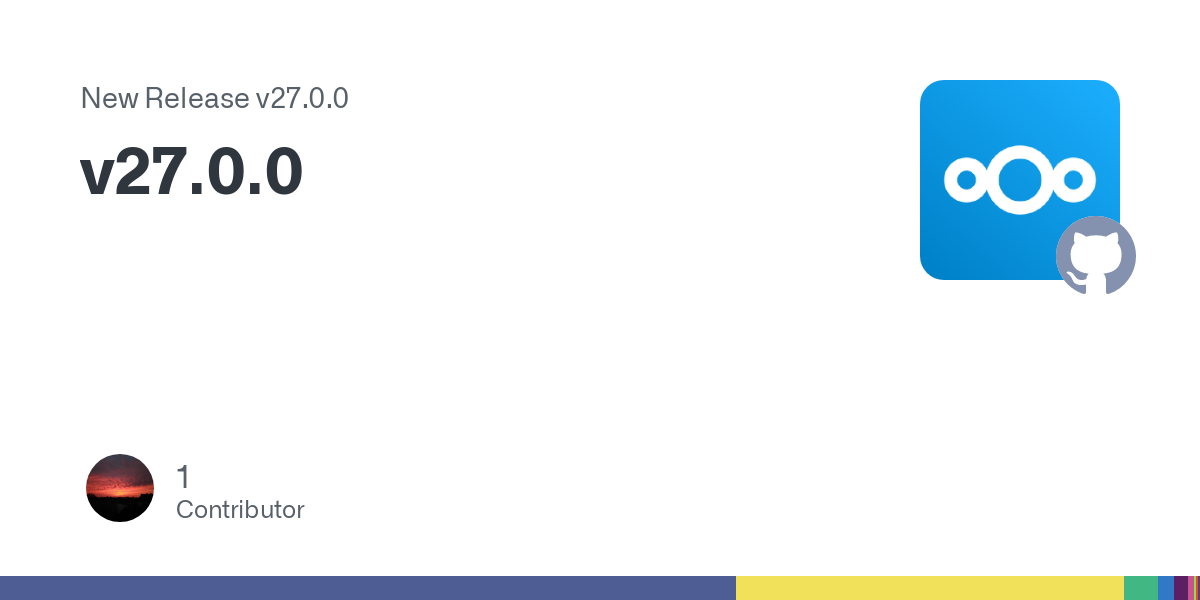surfrock66
- 7 Posts
- 61 Comments
I’m super happy and excited for GIMP 3.0. I hate that this info was presented in a youtube video. I can gleam what I want to know from an article with bullet points (which I could find) but I’m sick of half the information I search for being returned in a video, with a fixed time commitment and imprecise “scrolling” to skip. I feel like in search and link aggregators, more and more content is video instead of text and I’m not here for it.

 2·1 month ago
2·1 month agoI totally agree…the best solution for the specific problem. “Cloud” was the buzzword solution to every problem for a few years and it wasn’t great in a lot of cases. High I/O home grown apps to be used from a single campus don’t need to be in the cloud. Bulk archive storage doesn’t need to be in the cloud, things like lecture recordings from 10+ years.

 122·1 month ago
122·1 month agoI don’t understand your disbelief here, the 2 major players in online email and account mgmt (for education) are Google and Microsoft and both are 0 cost, but the bait and switch is the limit lowering mid cycle, not even on the academic calendar. Now that exchange on-prem is essentially dead and Google and MS control email via blacklist politics, it’s a captive market.

 162·1 month ago
162·1 month agoWe had been a university with office365 for several years, and the price change came well after the product comparison and decision was made. Once you are in an ecosystem like that the cost of changing is astronomical when you include migration labor, training, and loss of productivity during the transition. When you are a university with thousands of student, staff, and alumni accounts, and the office, mail, and authentication environments are integrated, it’s realistically functionally impossible to migrate.
The student A1 licenses are 0 cost without upgrades, which is why it was chosen, but the storage change was a blindside. We had hundreds of accounts using over the 100GB of data (which was within TOS) and had tons of data in onedrive which had to be moved or we had to fork out per account. This was a bait and switch, plain and simple, and that is the issue with “cloud for everything” is you are at their mercy.

 212·1 month ago
212·1 month agoCompletely disagree. This last March, Microsoft changed the storage limit per user on OneDrive for education from 1TB to 100GB, and users either had to delete a ton of files or pay for increased license/space. We ended up standing an on-prem file server back up shortly thereafter because we could not get our users and faculty to delete research data and could not afford to nearly double our cost expenditure. In my experience doing IT budget for years, cloud has meant that you cannot predict your yearly expenditures, Especially if you use your services that are funded in part by venture capital. Let’s say you start using some cool research presentation project and suddenly the economy dips and they lose funding, the cost goes way up. Life cycle management has gone completely out the toilets in my experience with cloud products.

 765·1 month ago
765·1 month agoCloud. Businesses went all in on cloud under this illusion of stable costs, but costs go up and contol/support have gone down, and I’m seeing businesses spin on-prem back up.

 8·3 months ago
8·3 months agoIt’s a different device. Already, the existing google tv workflow is different than the chromecast, which was phone control first. Now, it brings up an app which favors navigation with the remote. If I want a set top box, I’ll put a kodi box in…I wanted a dumb dongle which could be controlled from a phone. It’s fundamentally a different product.
My hope is that casting decouples as a concept from being a google protocol. Even though Amazon is backing it now, I hope MatterCast can become an open casting standard. My vision is having MatterCast be an installable add-on to Kodi, and then an ultra-light image can be made for super low-end devices supporting audio and video (or both).

 632·6 months ago
632·6 months agoPart of the free-market attitude though is that you should be allowed to buy policy, so in that regard it’s consistent, you just have to account for corruption in the cost of doing business.

 10·6 months ago
10·6 months agoIf people are ok with that then I guess it will stand, but it’s insane and anti-consumer in my book. A product costs what it costs, based on supply and demand, and if you can’t afford it you don’t buy it. This flimsy premise of “It lowers the bar to entry so users can upgrade later without having to replace!” will never come to fruition, and it’s too slippery of a slope to “put in a quarter to turn on your A/C”.

 531·6 months ago
531·6 months agoThat is insane. If it costs the same to make, then lower range isn’t a reasonable area to pitch a lower cost vehicle. Wanting to lower the cost is fine. Putting in cheaper/smaller components to get there is fine. If you are using the same components and just software locking them to nickle and dime the users later, that’s anti-consumer and should not be tolerated. I can’t believe how people look at micro-transactions in games and think “wouldn’t this be cool with IRL stuff?”
My setup is a bit extreme, but here are my guardrails:
- All users have the same UID’s on every system. I’m 1000, wife is 1001, son is 1002, daughter is 1003. All these exist on all systems. Our primary group is “family” (gid 10000). Our files are all owned by user:family. This matters because we let them have access to the share of things like home movies and pictures, and I have a TrueNAS with an NFS mount that their user folders rsync to nightly for backup. If you wanna get crazy, you can put in a whole LDAP/freeIPA setup, but that’s a lot (and I did all that as a learning experience).
- They don’t have the account passwords. I have their password, and if they want to use it, the wife or I have to type the password. When we want them off, superkey+L to lock the computer, and if they reboot it comes to a login screen.
- If you really go this route, and go the whole LDAP thing, you can also tie that into apps like Jellyfin. I have a huge library of movies and shows, but there’s a folder called “KidMedia” and I literally manually symlink things to that folder if I want them to have access. I set up the phones/tablet with their own jellyfin accounts, and when they log in they only see their media. I also NFS mount that share, so for the same reason, they can watch stuff on VLC from the computer with access control. We also do that with nextcloud, so we can use nextcloud talk to chat internally. The tablets/phones have built in android controls, so the idea is once they’re on their device, they’re free within the ecosystem I set up and they don’t enter credentials other than device unlock.
I built my kids potato computers from the time they were 3-5, which was during covid. They need computer skills nowadays, and it put them at an advantage for covid school. We got them on java Minecraft which was huge for reading, typing, and some basic math skills (they figured out multiplication for crafting things like doors). I made a chart which had icons of things they want, with the word next to it, so they could search and type in creative.
We used Ubuntu Mate. It’s simple, stable, and familiar. They do NOT have sudo on these boxes. As we’ve advanced, they now have firefox (behind a pihole which upstreams to opendns’ family protect), gimp (with a wacom tablet!), inkscape, calculators, tenacity, libre office, and they’re starting to get into some cad to make things to 3d print. You have to come to terms with doing a LOT of patient hand holding, but it has paid off dividends.

 3·7 months ago
3·7 months agoHuge bummer that they’re all 5+ years old. We’ve been moving to libreelec with Disney+, Jellycon, Netflix, Youtube, and amazon prime plugins. It’s not the same, but it’s workable. If Amazon keeps MatterCast open and open source implementations get made, that’s where I’m focusing my attention. A raspberry pi with libreelec that can be a casting target feels, to me, like the holy grail:
https://www.theverge.com/2024/1/9/24030324/amazon-matter-casting-echo-show-fire-tv-prime-video

 7·7 months ago
7·7 months agoNo joke can you share those results? I’m holding out for matter cast
We tried to host it ourselves to save cost, and it’s a beast but it mostly works. It certainly lags behind in features and uses a lot of resources, but when you compare with the cost it’s certainly passable.

 25·7 months ago
25·7 months agoLego parts are incredibly precise, and the manufacturing tolerances have been consistent for decades. It’s nearly impossible to replicate that precision on any modern printers.
That being said, different parts are more tolerant of wiggle room. Grabbing a stud is hard, grabbing a 2x4 is not. If you were going to print a minifig head, trying to replicate the neck barrel is gonna be tough, but making a larger hole with 2-3 ridges which taper to grip might be easier. If you plan what you’re doing and are realistic about what you can print, it’s definitely not out of the question.
Lego is ABS if I’m correct.

 1·9 months ago
1·9 months agoIt’s a lot for the homeland, but I love zabbix

 6·9 months ago
6·9 months agoI think the local copy I have (on a literal old samsung S3) is the same as what is downloaded from here, with the game cache files: https://sbenny.com/games/puzzle-quest-2.html
I was NOT able to make that work on my current OnePlus, even with the cache files. It fails a validation check on launch.







This may not be exactly what you want, but I use Apache guacamole for this. The client becomes a web browser, and a chromium based browser allows seamless bidirectional clipboard. I use Ubuntu VMs with Mate as the DM and with a few keybinds tweaked it is solid. I use tightVNC as my server which supports dynamic resize, and the soon to be released guacamole 1.6 supports sending dynamic resize (since the underlying libraries are now updated to support it; RDP in guac already supports dynamic resize). How performant is it? I have a single proxmox vm which runs 3 Minecraft instances for our server’s 3 bot accounts (which just stand still) and the desktop is still navigable.